Driven: Skoda Yeti
I was taught at a young age that you should never judge a book by its cover. However brand prejudice is a funny thing, especially in the world of motoring. When you are parading a big shiny badge on the front of your car day in day out, it is easy for people to make initial judgements based on what that badge looks like. Now some brands, notably brands from Korea, are starting to change public perception quicker than Alex Reid in the Big Brother house. But one brand has had a stigma placed on it more than others – Skoda.
This week Skoda celebrated 20 years of VW ownership, but this is still a fact that a lot of the public seem not to know. With this in mind, we decided to take the Skoda Yeti, a car that within the industry has had more rosettes pinned on it than a prize-winning Great Golden Labradoodle Retiriver sheep dog at Crufts, and see how it stacks up.
Like the ape-like cryptid said to run around the Himalayas, this Yeti is also quite hard to identify. With chunky arches, bashable bumpers and jacked up suspension, your mind initially thinks this is a full on off-roader. But only being 4.2 metres long, it is the same size as a VW Golf. Having both the practicality of a family hatchback with the added off-road ruggedness means that the Yeti falls into the Nissan Qashqai dominating ‘cross-over’ section of the market. This cross-over nature means that the Yeti is quite an odd car to look at as its proportions seem to change depending on what angle you look at it. Being moodily sculpted and masculine at the front, yet utilitarian/van like from the back, it is quite hard to judge the scale of the car. If you decided to crack out the tape measure you would find that the Yeti is narrower than the Superb, shorter than a Fabia estate but taller than the Roomster.
Our test car had the 2.0 litre Diesel TDI engine which seems to be the best fit for the Yeti in the 4X4 spec that ours was also in. Five engines are available in the range, two petrol and three diesels, with horses under the bonnet ranging from 105 to 170. Ours had 140bhp which meant it propelled from 0-60 in 9.6 seconds. But with its instantly slick optional six-speed dual clutch DSG gearbox it had a feeling of urgency to it but still returned 43mpg on our 500 mile test in all different driving conditions.
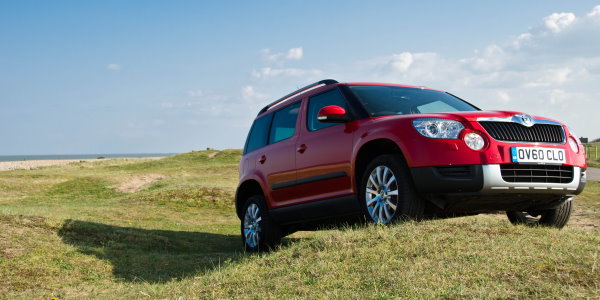
On the road the Yeti performs a lot differently to what you would expect. With the tall ride height and massive travel possibilities in the suspension, you would think that the Yeti would perform round the bends like a Blancmange on a Roomba. However this being a cross-over means that it must mess with your mind. In reality the Yeti actually has quite a firm set-up and suffers from minimal body roll in the corners. But you do feel that the speed dependent electromechanical power steering lacks feedback and can become a bit too light and dead in the middle of the rack at speeds below 30mph. Travelling at higher speeds on the motorway there is quite a bit of road noise, largely due to the cavernous space between the tyre and the tops of the arches which allows the air to buffer around it. But that travel in the suspension is there for a reason, as those 4X4 looks aren’t just for show.
In recent years we have become accustomed to seeing many cars that look like they could conquer the Amazon rainforest struggle to get off your mate’s damp front lawn after a barbecue. But remember; don’t judge a book by its cover – especially a Skoda. The 4X4 spec Yeti comes with a specific off road button as an option on the S and SE 4X4 models, but as we had the top of the range Elegance spec it was fitted as standard. This button is there for when you want to go through the mucky stuff.
Pushing the button does more than backlight a car descending down the hill on the dash. Activating it rejigs the Yeti’s computer to increase safety while decreasing strain on the engine and transmission. Incorporated into it are both and uphill and downhill assists. Uphill assist allows the accelerator to be full pressed but limits the engine to 2,500rpm to utilise all of the low-end torque so you can easily pull away with the help hill start assist in slippery conditions. The downhill assist is very much like the system you would see in a Land Rover. The car will automatically guide you down any slope with a gradient higher than eight degrees without having to touch the pedals by applying the brakes independently in search for the most grip. Skoda seems very serious about the Yeti’s off-road capabilities by also offering an optional ‘Rough Road Package’. This package that wraps some of the important mechanical gubbins up in body armour so you don’t have to worry about scraping the bottom. We know that the Yeti wouldn’t beat a Land Rover up the Himalayas in the hunt for its ancestors, but it does a lot better job than you would initially think. We can hazard a guess that the most off-road a high percentage of Yeti owners will get is onto a shingle driveway but that doesn’t mean you should discount its ability.
Inside is where the Yeti has the power to really sway people’s perception of the Skoda brand. Being able to rummage through the VW material warehouse has paid dividends as there is a noticeable air of quality. In Elegance spec you are greeted with pleasant soft-touch plastics and a cabin abound with leather. The key thing to interior quality is the detail - especially with points which you interact with. When stepping into the Yeti you are welcomed by supportive leather seats with a multitude of adjustments. The door closes with a quality thud, which sometimes requires an assuring second slam shut as you forget the weight of them.
The switch gear has the familiar feel of VAG group products but this is not a bad thing as they are renowned for detail and great ergonomic positioning. The optional Columbus sat nav system is intuitive and helps give the interior an even more premium feel. For passengers there is plenty of space thanks to the Varioflex seating system. Varioflex is a flexible seating arrangement that allows up to 20 different seating combinations. All seats can slide forwards and backwards independently, be folded up or completely taken out. This flexibility allows for an increase from the normal 405 litre boot to a huge 1,760 litres - more than a Volvo V70.
So let’s get to the specs. The Yeti is what I call an umbrella car. What I mean by that is that it has such a large spec range that targets a potentially massive consumer base. Prices start at a very reasonable £14,645 and go all the way to £23,485. The top spec Elegance that we tested had heated seats, full leather, bi-xenon headlights with cornering function, 4-spoke multi-function steering wheel, rain sensors, auto dimming rear view mirror and Bluetooth functionality, plus the sat nav and park assist. But the Yetis diverse spec range means that there is something for everyone and the great ride and flexibility inside the cabin is seen on all models. But why the Yeti is so important is because it is the best ammunition in Skoda’s current line up to change people’s perception. Initially friends and family queried why I was testing that ‘communist taxi cab’. But as soon as I sat them in it, told them to have a poke around the cabin and come for a drive they shut up. Years ago Skoda were sitting right at the back of the discriminatory segregated bus. But now, with the Yeti, they are riding shotgun.
To see a full set of photos head over to our Flickr page.
Words: Rowan Horncastle
Photo/Video: Rowan Horncastle
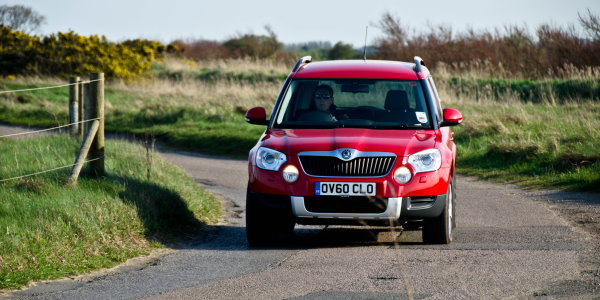
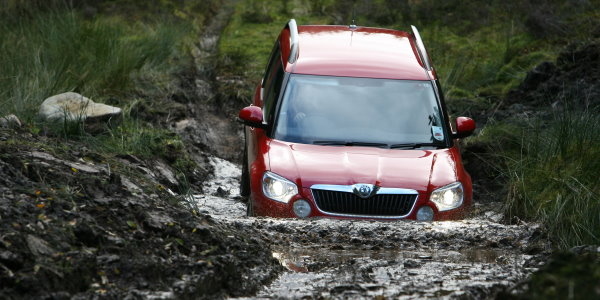
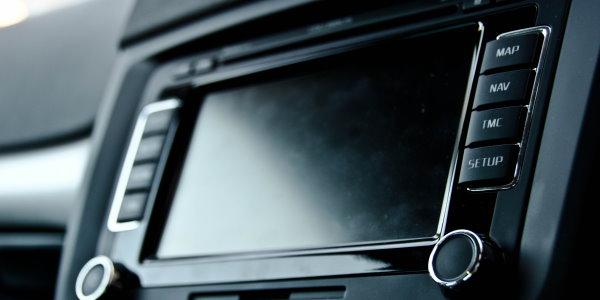
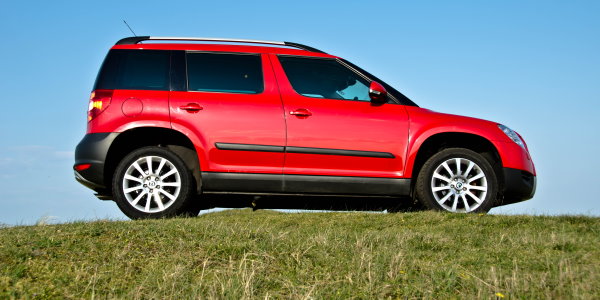
The Yeti is definitely a grower. I can remember that first time I saw one being rather underwhelmed. But now I think they look quite good.
It is right that it is an umbrella car, but Skoda seem to have managed that very well with the Yeti.
Nice to see yet another positive review of this car
Thanks
Chris
The information provided on skoda yeti car was very useful.It is always good to know that their are blogs so dedicated to providing information that is seriously concerned with the reader’s needs.Thanks for sharing your insights with us through your blog.
It’s been amazing thus far. My friend started raving about Meizitang , and actually let me check out it before I bought it from this web page (which had the ideal price I found). I appreciate it!